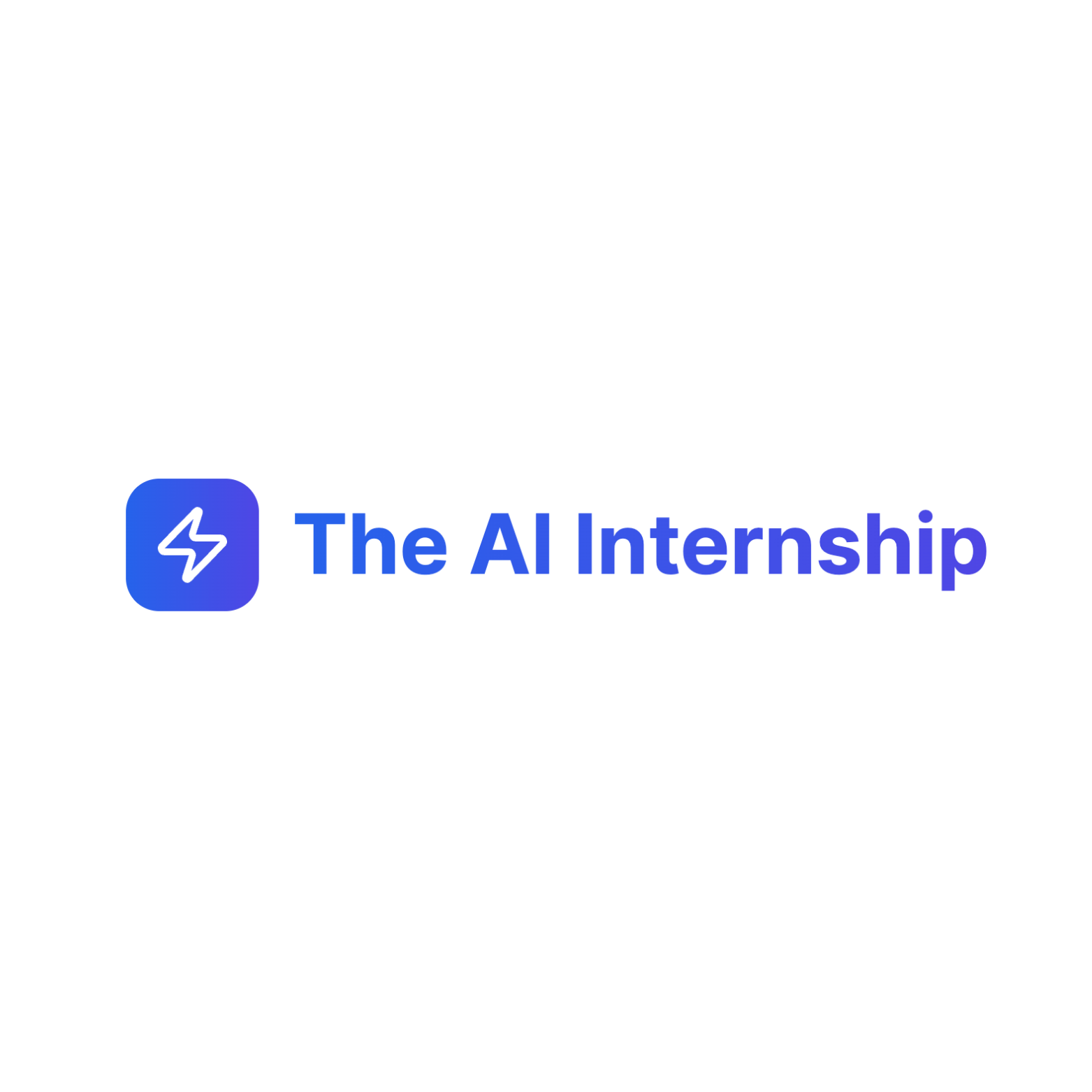Reinforcement Learning Complete Guide: From Q-Learning to Deep RL 2025
Master reinforcement learning from fundamentals to advanced algorithms. Complete guide covering Q-learning, policy gradients, actor-critic methods, and deep RL applications with practical implementations.
Key Takeaways
- Comprehensive strategies proven to work at top companies
- Actionable tips you can implement immediately
- Expert insights from industry professionals
🎯 Master Reinforcement Learning
From game-playing agents to autonomous systems - learn the algorithms powering AI's most impressive achievements
Reinforcement Learning (RL) represents the cutting edge of AI, powering breakthrough applications from game-playing agents like AlphaGo to autonomous vehicles and robotics. This comprehensive guide takes you from fundamental concepts to advanced deep RL techniques used in production systems.
"Reinforcement learning is the closest thing we have to a general AI learning algorithm. It's how humans learn - through trial and error, reward and punishment." - Richard Sutton, Father of Reinforcement Learning
Reinforcement Learning Fundamentals
🎲 Core RL Concepts
Agent
The learner and decision maker that interacts with the environment
Environment
The world in which the agent operates and learns
State
Current situation or configuration of the environment
Action
Choices available to the agent in each state
Reward
Feedback signal indicating the quality of an action
Policy
Strategy mapping states to actions
The RL Learning Loop
Current situation
Agent's choice
Feedback
Updated situation
Q-Learning: The Foundation
Q-Learning is the cornerstone of reinforcement learning, teaching agents to learn optimal actions through experience.
🧮 Q-Learning Algorithm
Q(s,a) = Q(s,a) + α[r + γ * max(Q(s',a')) - Q(s,a)]
Where:
- α (alpha): Learning rate (0 < α ≤ 1)
- γ (gamma): Discount factor (0 ≤ γ ≤ 1)
- r: Immediate reward
- s': Next state
- a': Next action
Q-Learning Implementation
import numpy as np
class QLearningAgent:
def __init__(self, n_states, n_actions, learning_rate=0.1, discount_factor=0.95, epsilon=0.1):
self.q_table = np.zeros((n_states, n_actions))
self.lr = learning_rate
self.gamma = discount_factor
self.epsilon = epsilon
def choose_action(self, state):
if np.random.random() < self.epsilon:
return np.random.choice(self.n_actions) # Explore
else:
return np.argmax(self.q_table[state]) # Exploit
def update(self, state, action, reward, next_state):
current_q = self.q_table[state, action]
next_max_q = np.max(self.q_table[next_state])
new_q = current_q + self.lr * (reward + self.gamma * next_max_q - current_q)
self.q_table[state, action] = new_q
🚀 Master AI's Most Powerful Learning Paradigm
Join our comprehensive AI program and learn reinforcement learning from world-class experts. Build the skills powering the next generation of AI systems.
The AI Internship Team
Expert team of AI professionals and career advisors with experience at top tech companies. We've helped 500+ students land internships at Google, Meta, OpenAI, and other leading AI companies.
Ready to Launch Your AI Career?
Join our comprehensive program and get personalized guidance from industry experts who've been where you want to go.
Table of Contents
Share Article
Get Weekly AI Career Tips
Join 5,000+ professionals getting actionable career advice in their inbox.
No spam. Unsubscribe anytime.
